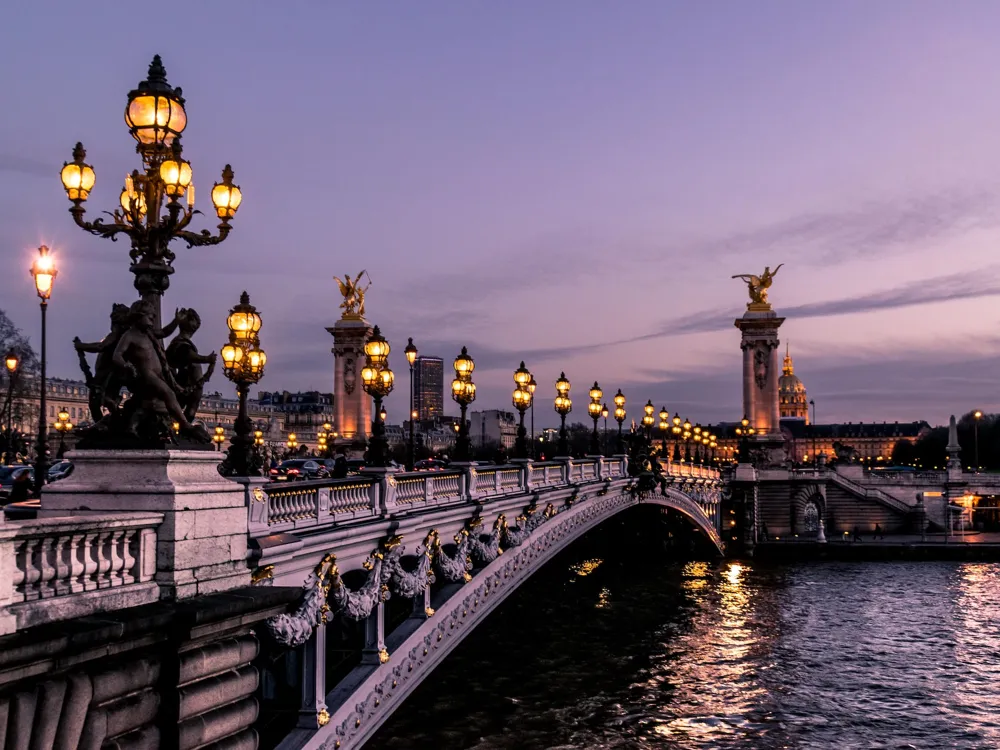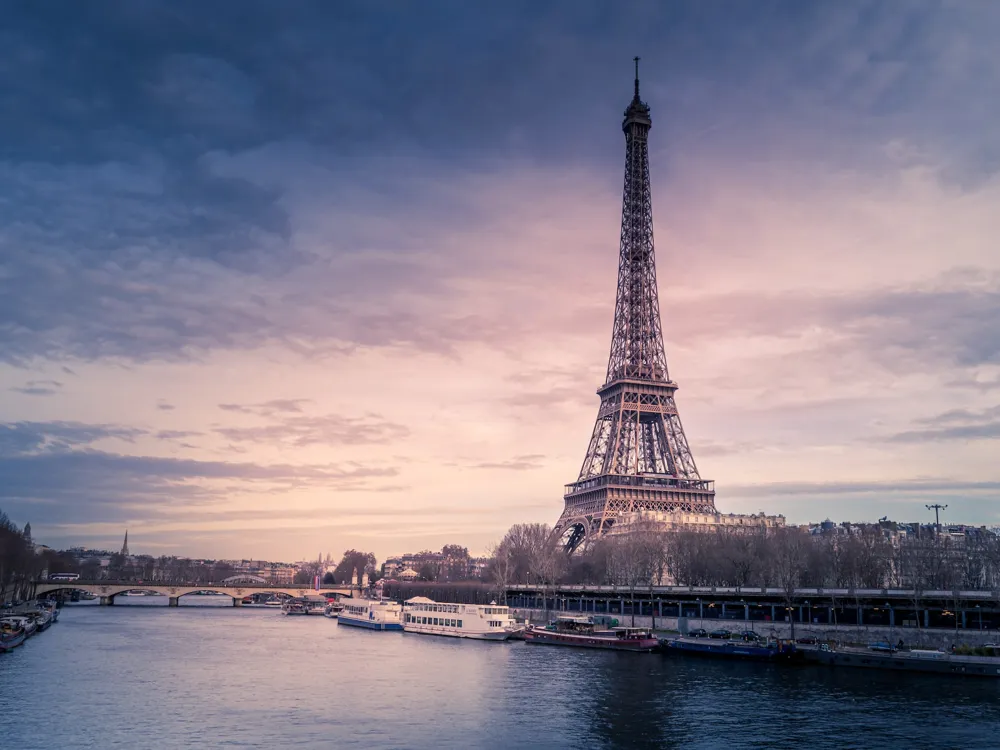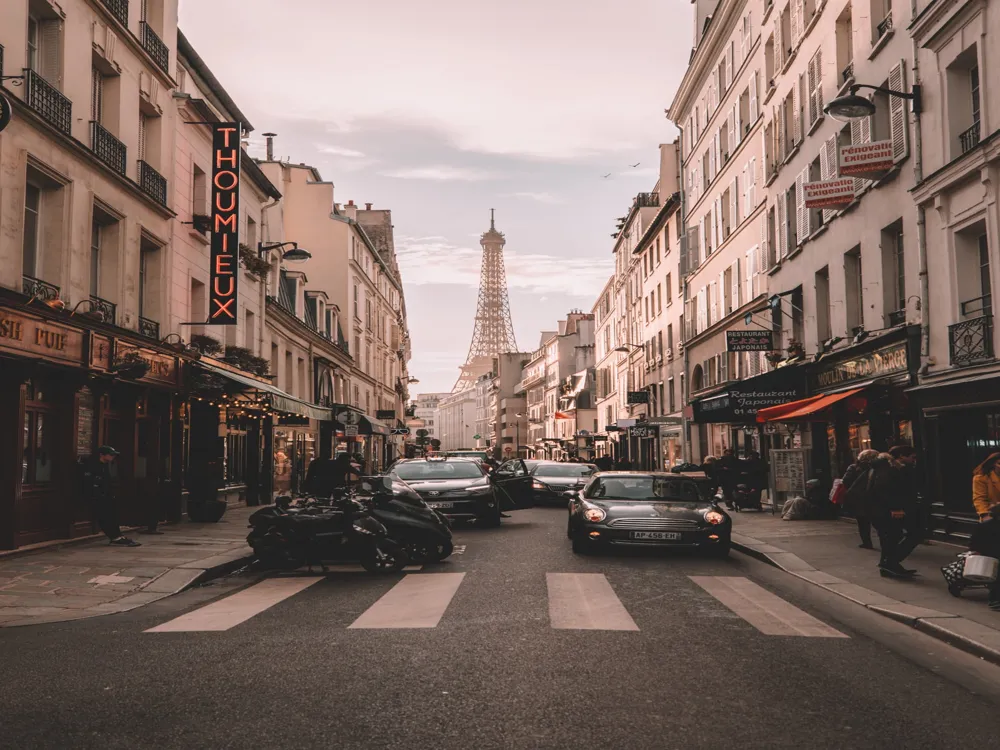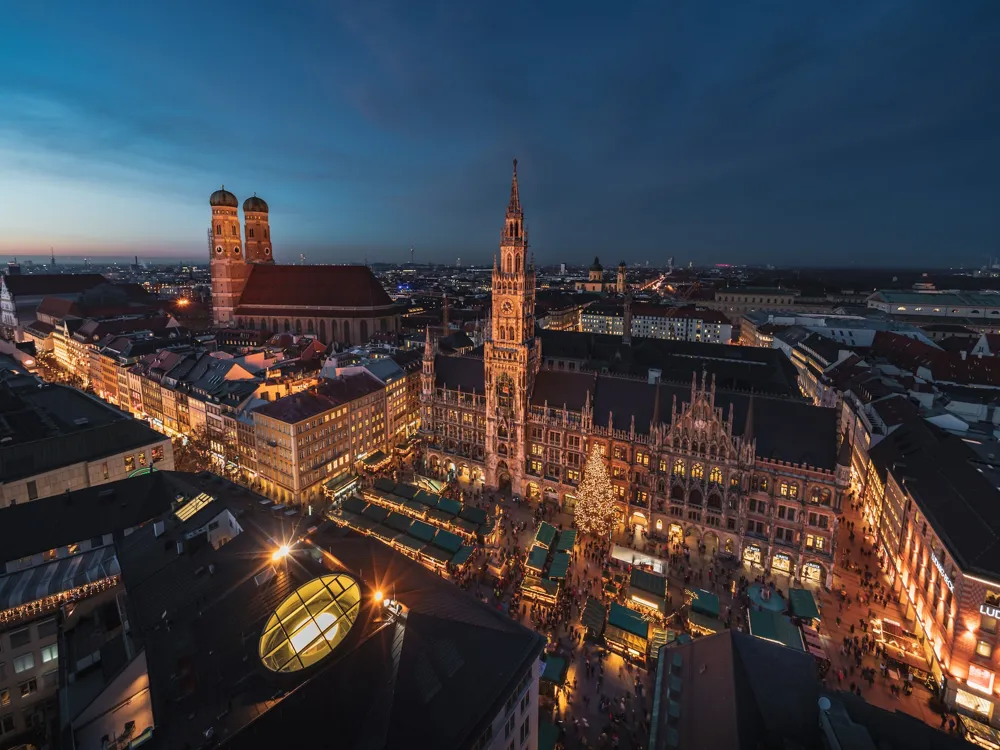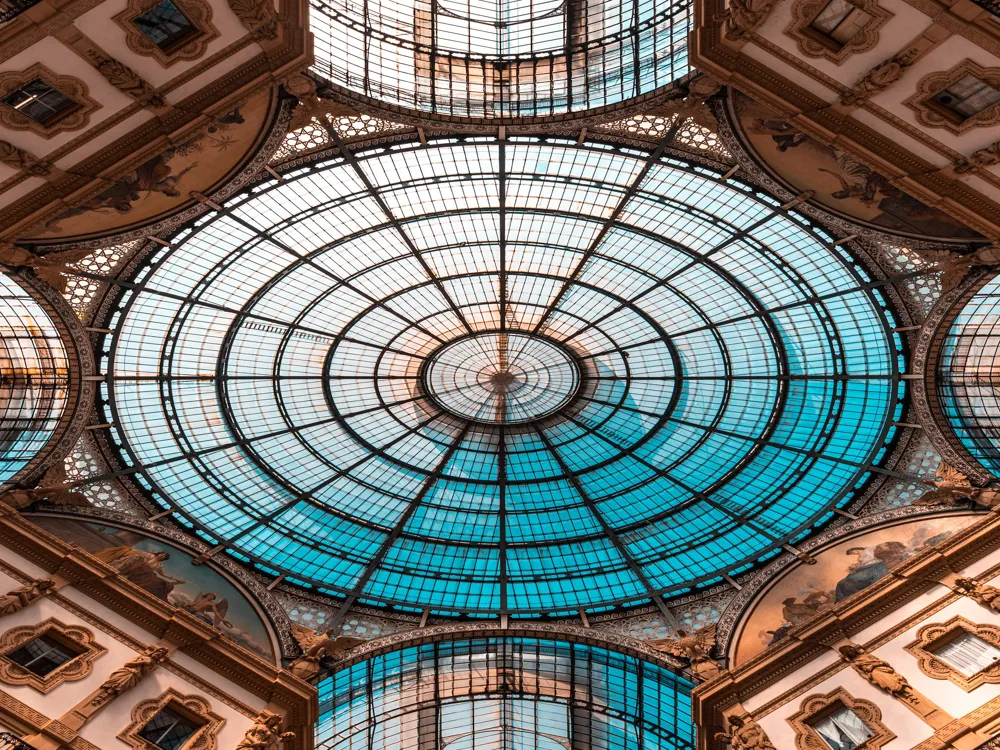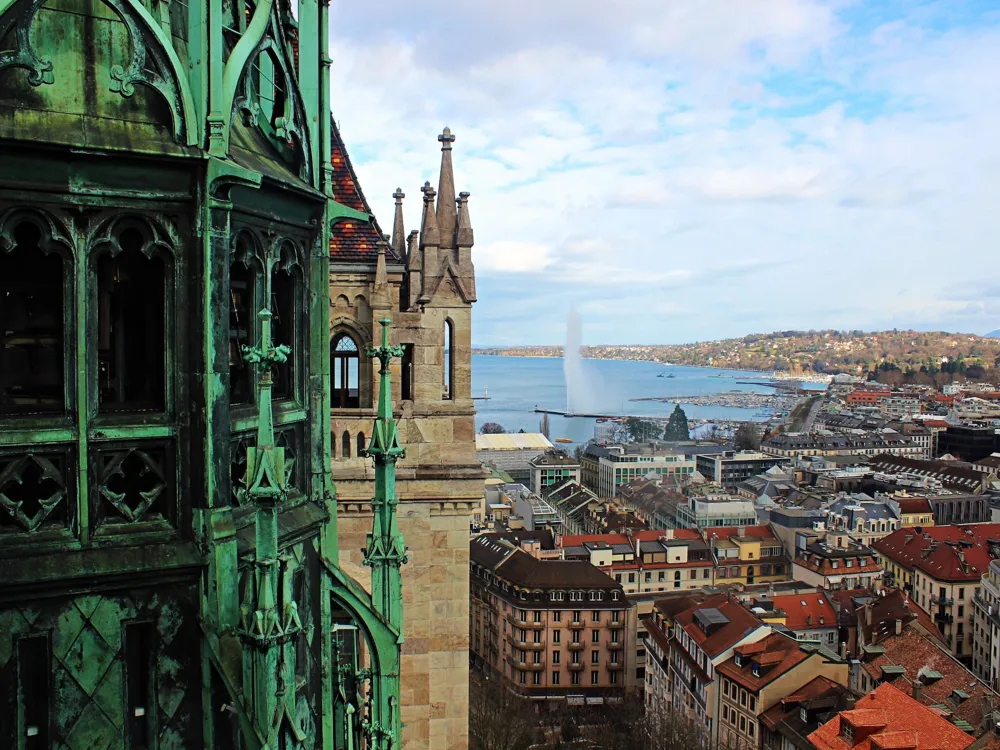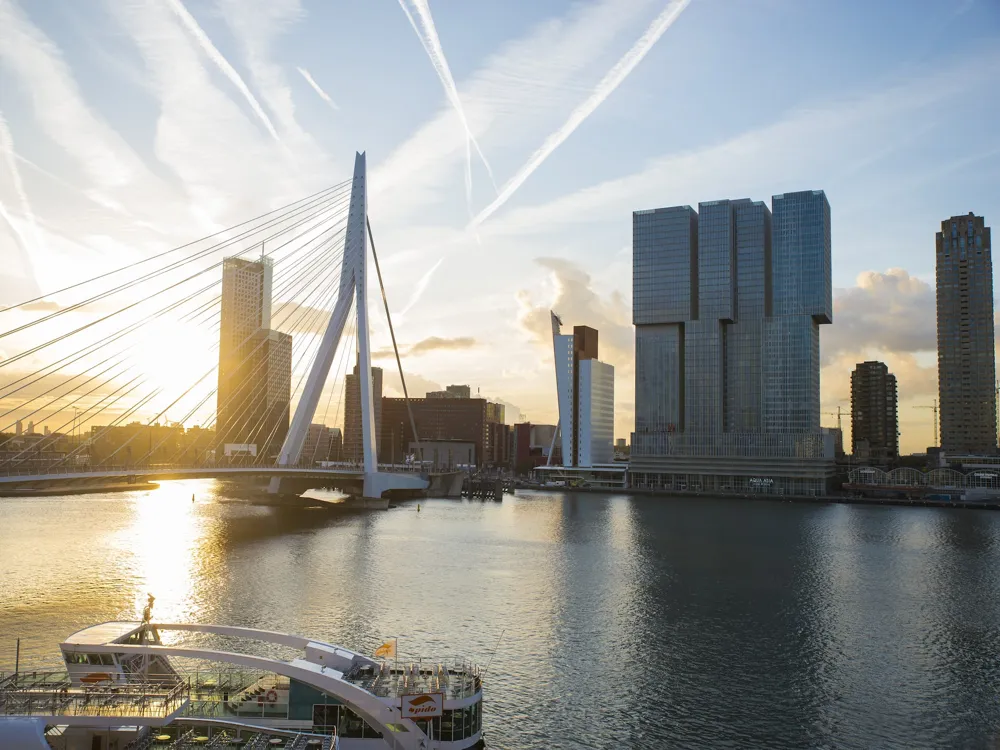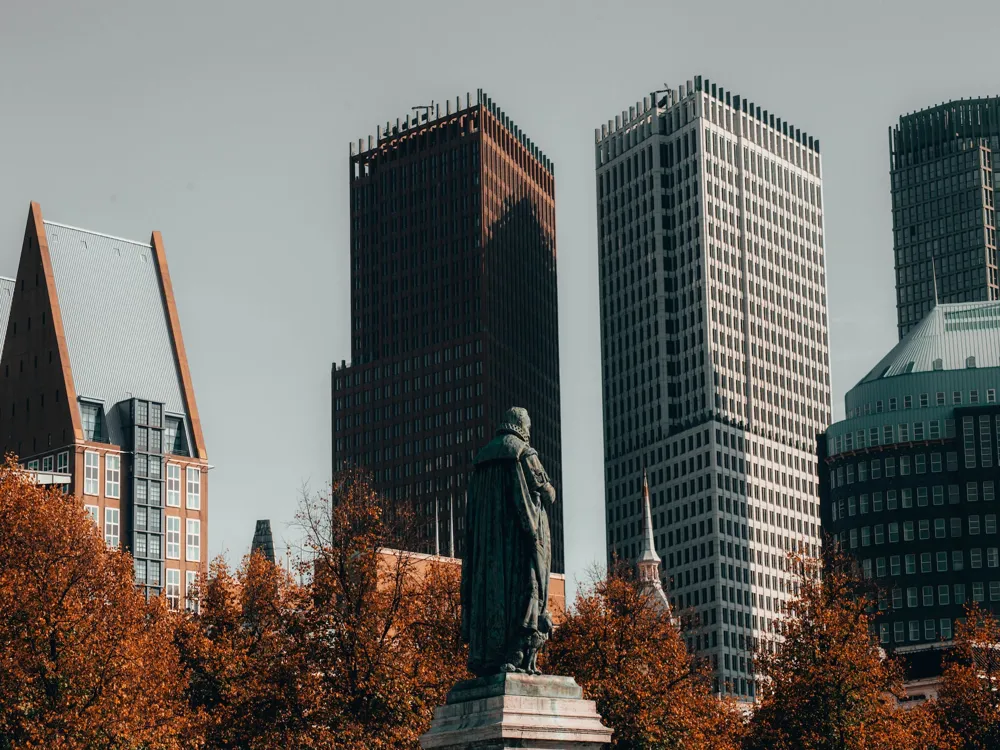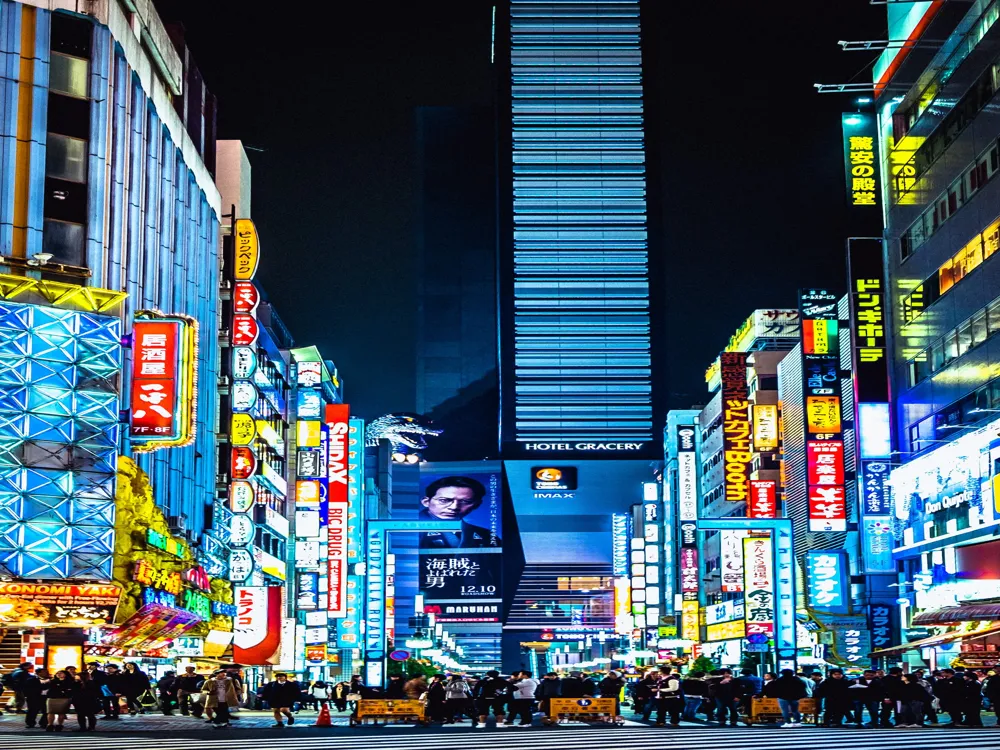Plan Your Travel To Paris
Places To Visit In Paris
Musee De L Orangerie
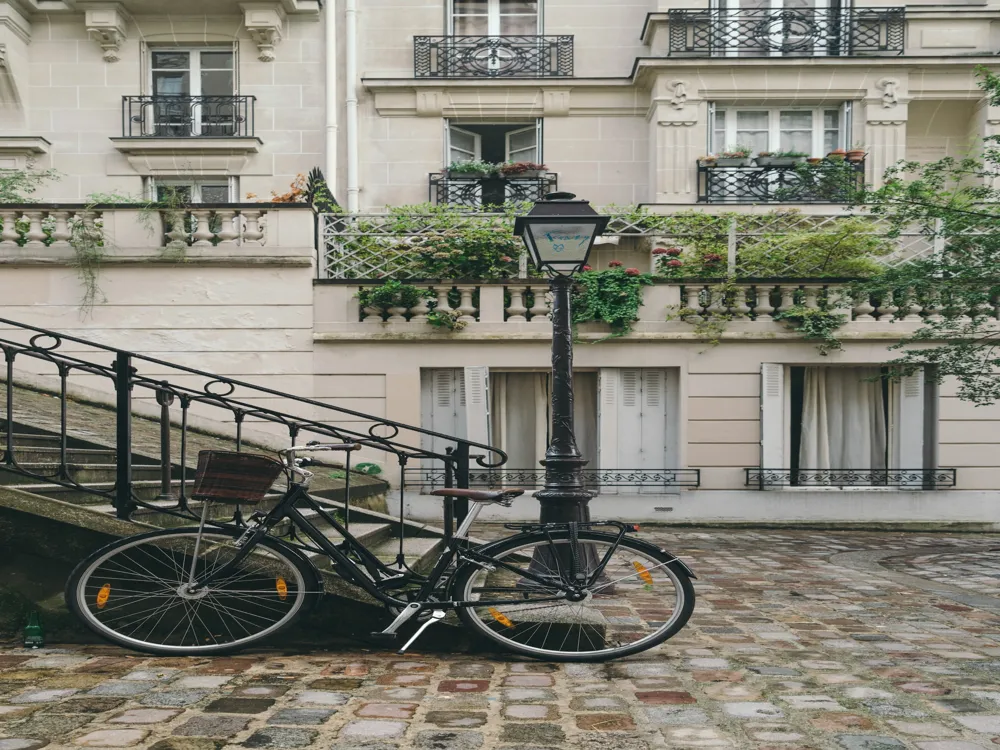
A specimen of Napoleon III architectural style, Musee de L’Orangerie is an art gallery with artworks from the impressionist and post-impressionist eras that greatly affected France. Its is located near Tuileries Garden .
It was established in 1852 in the Tuileries Gardens, right next to Place de la Concorde. The Museum holds the precious series of eight paintings under the title “Water Lilies” by Monet, the French painter who founded French Impressionism. Another set of permanent collection held in the museum is the Jean Walter and Paul Guillaume Collection which consists of artworks by Picasso, Renoir, Rousseau and other renowned artists.
Read More
Musee Jacquemart-Andre
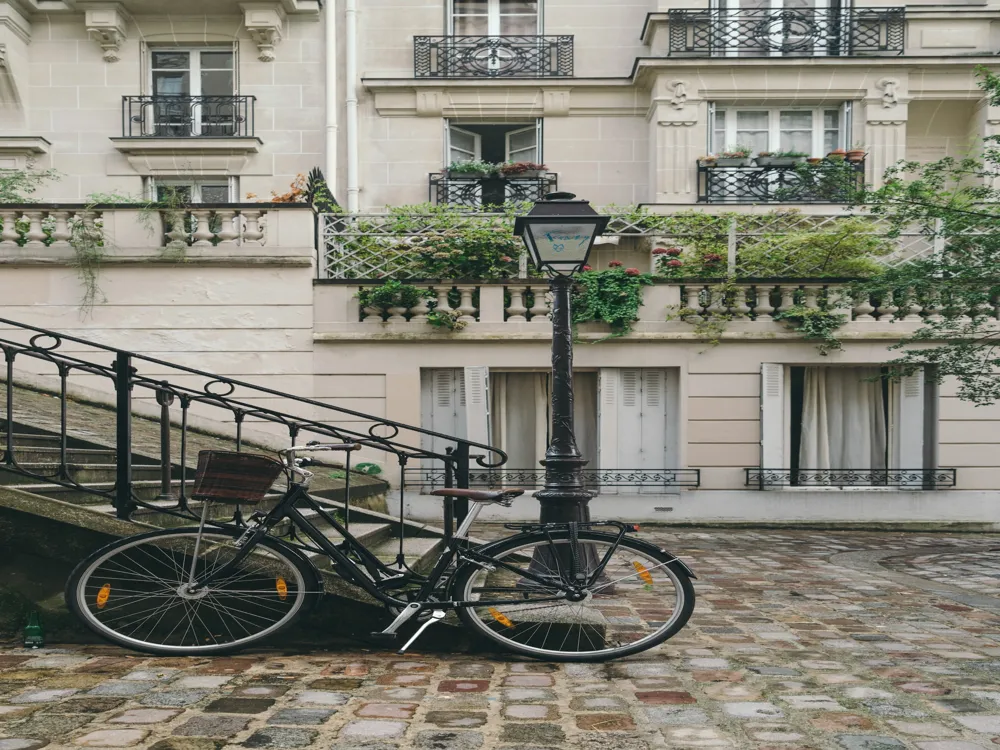
A private museum built in the 19th century, Musee Jacquemart-Andre holds a delightful collection of artworks amassed by the couple - Edouard Andre and Nelie Jacquemart. After Andre’s death, Jacquemart prepared their house, built by Henri Parent from 1869-1975, to be entrusted to the Institut de France as a museum.
The major artists’ whose works form a part of the 29 masterpieces held at this museum are - Jean-Marc Nattier, Jean-Honoré Fragonard, Sandro Botticelli and others. The museum carries with it a personal, homely vibe as it also provides a look into the 19th-century lifestyle as proposed by the architecture - winding staircases, winter gardens, antechamber joining separate rooms of the couple, formal staterooms, informal quarters like the library and so on.
Read More
Musee Picasso
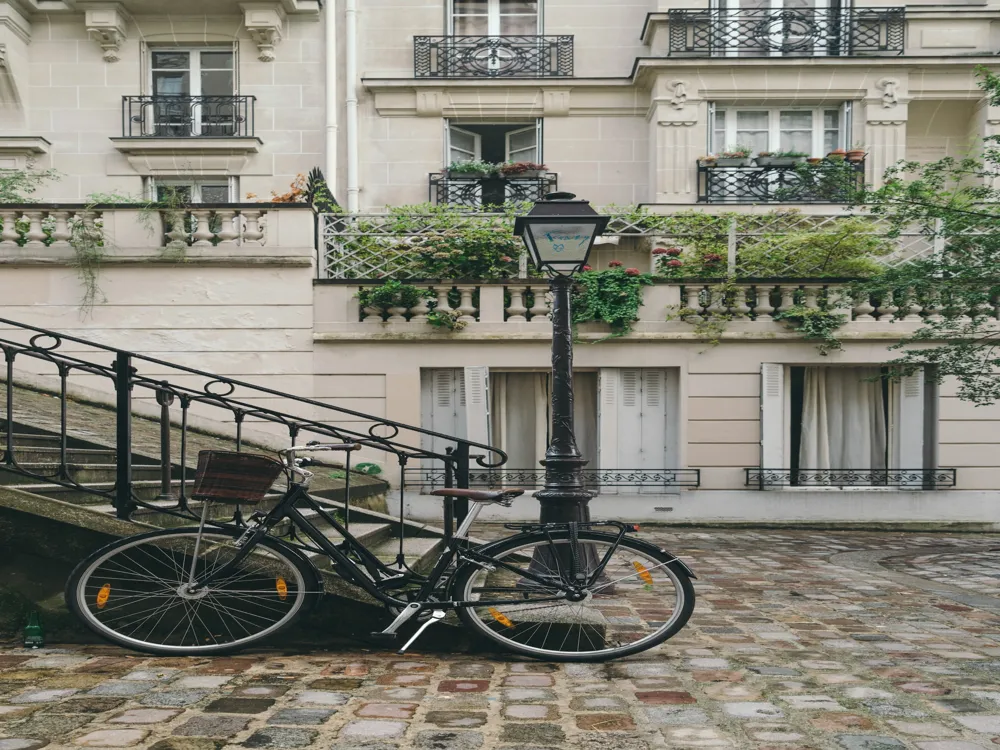
The Musee Picasso is an art museum located in the Hotel Sale, in the Marais district of Paris. It is entirely dedicated to the works of the legendary Spanish artist Pablo Picasso. Among these artworks are the Celestina, Girl Before a Mirror and The death of Casagemas which are deemed to be some of the most famous works by Picasso.
Works by artists such as Rousseau, Degas and Renoir also stand amongst the collection in the museum. A significant collection of African art by which Picasso was inspired is also present in Musee Picasso. The Picasso Museum belongs to the City of Paris and has been classified as a historical monument since 1968.Hotel Sale, built initially for a tax farmer during the 17th-century, was reconstructed by Roland Simounet during the years 1976 - 1985 for a much sophisticated and sombre look of Musee Picasso. Picasso Museum holds over 5000 works of art by Picasso. These works include, apart from his world-renowned paintings, a range of pieces from his repository such as sculptures, prints, drawings, ceramics, engravings and private notebooks, manuscripts and correspondence letters. It also holds a personal photographic archive, accompanied by a collection of other artists' works by Picasso himself. His family donated all of these artworks after his death.
Read More
Musee Rodin
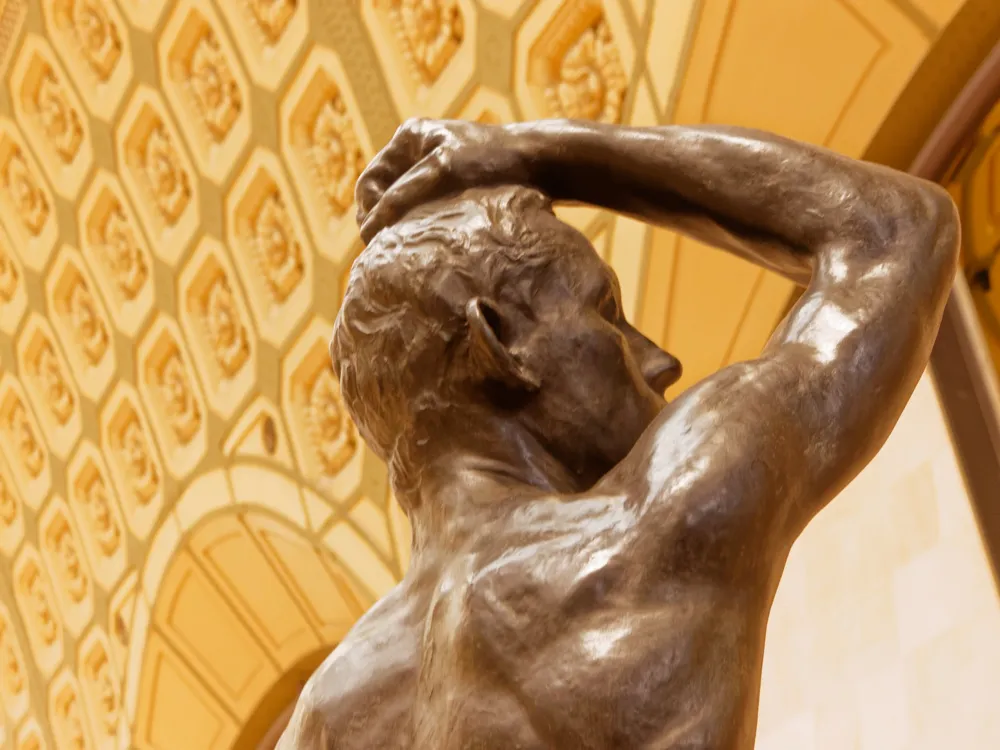
Musée Rodin in Paris, France is a museum dedicated to famed French sculptor, Auguste Rodin. His artworks – sculptures and drawings form the collection in the museum here along with some of Rodin’s masterpieces like The Thinker, The Gates of Hell, Balzac and The Kiss.
It opened in 1919 and has two sites – the Hotel Biron and Villa des Brillants which was Rodin’s old home at Meudon. Built in the Rue de Varenne, Paris sometime between 1727 to 1732, the lavish mansion which now houses the Musée Rodin was bought off by the French sculptor, Auguste Rodin in 1911. This museum is now home to Rodin’s wonderful artworks and hosts more than 6,000 sculptures made from marble, terracotta and bronze, and over 8,000 photographs and drawings in the collection. Besides his own artwork, the museum also houses Rodin’s own collection of artworks and hosts temporary exhibitions here at Rodin’s. It once served as Rodin’s workshop and at present as a popular space in Paris to visit and admire the beauty of the landscape and the art.Laced with Rodin’s most famous sculptures like The Thinker, Balzac, The Gates of Hell and Bourgeois de Calais in the beautiful rose gardens of the place, the museum also displays Rodin’s collection of artworks by Van Gogh, Monet and Renoir. It also hosts a massive collection of Rodin’s protégé Camille Claudel work in a room solely dedicated to him. The beautiful garden laid out in front of the museum display more of Rodin’s sculptures like The Kiss and is a site for contemporary exhibitions held here.
Read More
Notre Dame
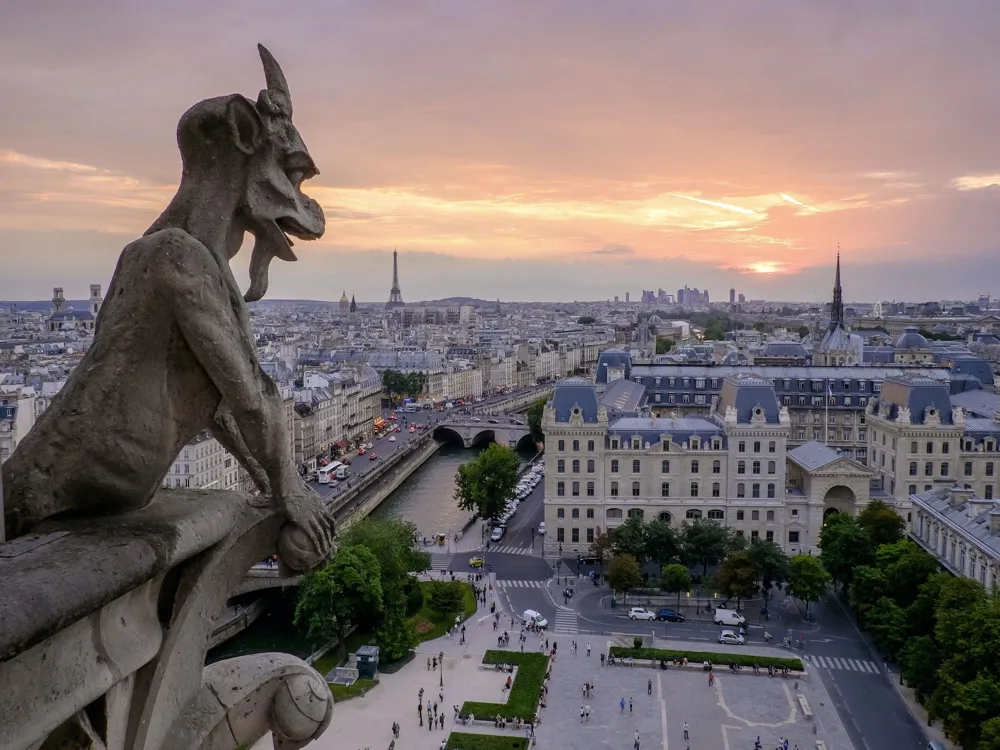
The Notre Dame Cathedral in Paris is a classic symbol of French Gothic architecture with a history spanning across centuries. Located on the Île de la Cité Island, this cathedral is amongst the most famous ones over the world and boasts of a grand interior with stained rose windows, relics, bells and organs.
This cathedral, however, has had its share of misfortunes, with the most recent one being the devastating fire of April 2019 due to which it now remains closed to visitors for renovation work. Amidst the chime of church bells in the heart of the River Seine sits the beautiful Notre Dame Cathedral, considered to be one of the most excellent examples of Gothic architecture. The impressive interior here with stained rose windows, relics like the Crown of Thorns, a sliver and a nail from the true cross along with the two tall towers, sculptures of mythical creatures and the spire in the exterior adorn the church space. This cathedral has ten bells, an archaeological script and various organs which play a significant role in the church activities.The cathedral went through a destructive phase in the time of the French Revolution when the interiors were desecrated and the gargoyles along with other structures greatly destroyed. This Roman Catholic Church had a recent misfortune in April of 2019, when a fire broke out beneath the roof and destroyed the roof along with the famous spire. Notre Dame now remains closed to the public as it undergoes restoration.
Read More
Palais du Luxembourg
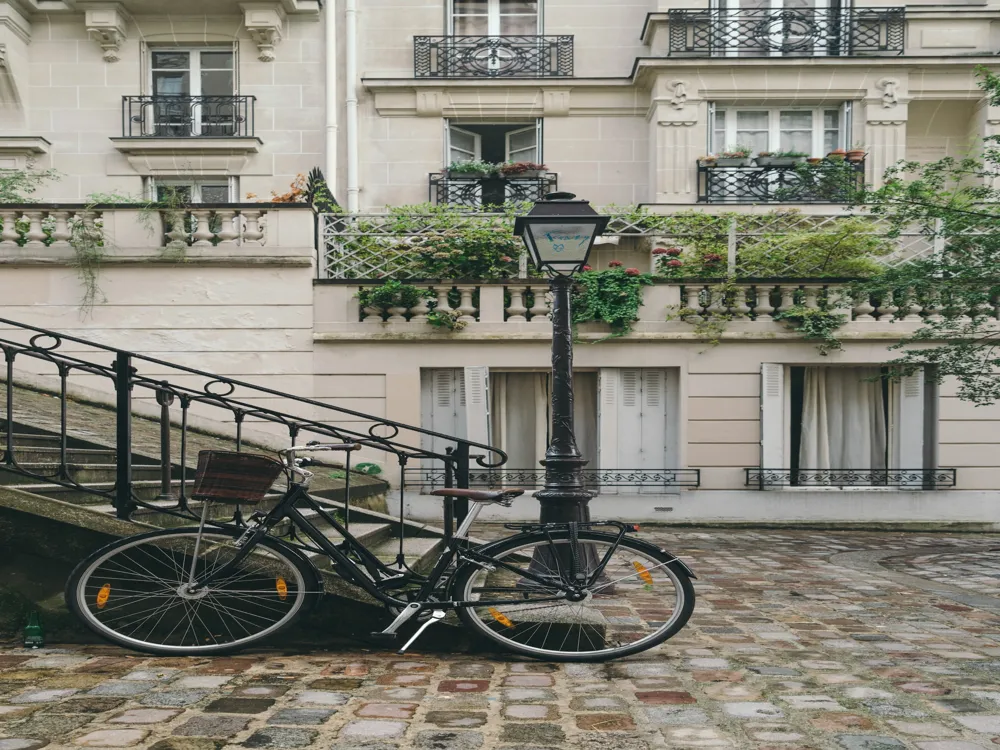
Palais du Luxembourg, currently, serves as a popular tourist attraction as well as the seat of the Senate of the Fifth Republic. The Luxembourg Garden sits on the south side of the palace and showcases lush green lawns complemented with orchards of pear and apple trees.
Palais du Luxembourg was initially based and built on the designs created by the French architect Salomon de Brosse but was remodelled and redesigned after the French revolution by Jean Chalgrin, into a legislative building after going through an enlargement procedure. The palace was originally built to be the royal residence of the mother of Louis XIII of France, Marie de’Medici. After the death of her husband Henry IV, Marie de’ Medici became the regent to her son and hence, had herself a new palace erected; Luxembourg Palace, since she had levelled up to a much more powerful position. It consists of statues of notable people like Turgot and l’Hopital, and octagonal basins of water, especially the Grand Bassin, where children usually come to sail their paper boats. At the western side of the palace is the Petit Luxembourg, a hotel which is the residence of the Senate President. Moving further west, one will see the Musee du Luxembourg, an art museum.
Read More
Palais Garnier
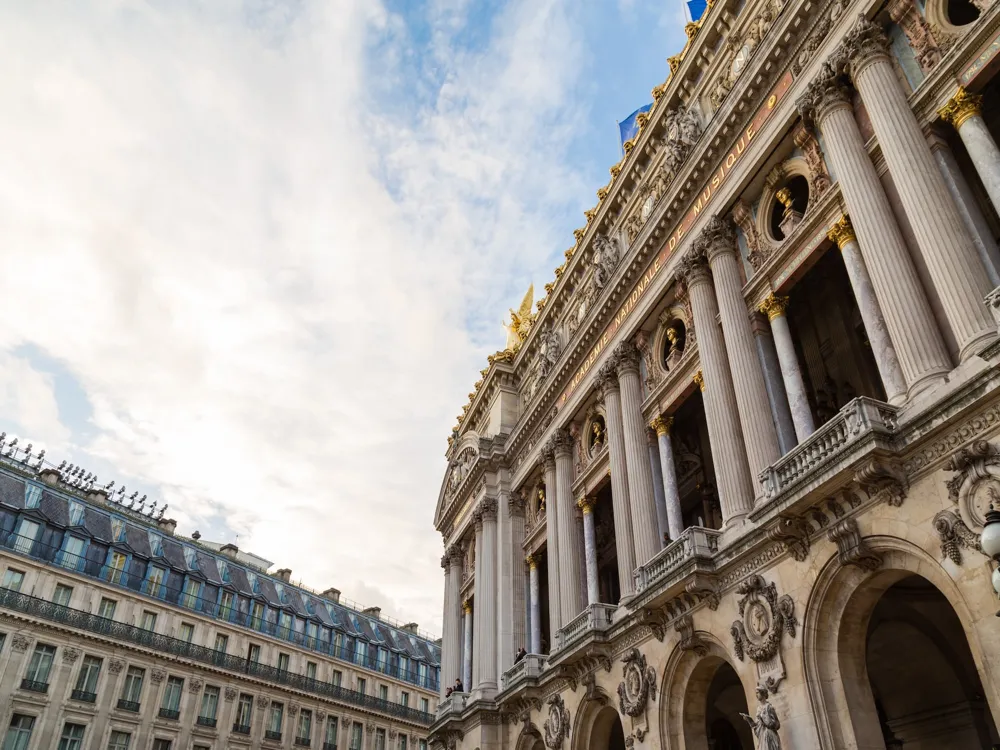
Symbolic of grand Parisian architecture and the opera culture of the country, Palais Garnier on Champs-Elysees in Paris is a 19th-century opera house with breathtaking interiors and exteriors. Palais Garnier mostly hosts ballets in its auditorium and is home to the Paris Opera Library Museum.
While in Paris Opera Library museum, the grand staircase, the foyer and the auditorium are not to be missed! The Palais Garnier in Paris, France takes pride in its recognition as one of the world's most famous opera houses. Its feature as the setting in Gaston Leroux's novel, The Phantom of the Opera further pushed it onto the stairs of popularity. This grand opera house is an architectural fusion of Baroque, classical and Renaissance styles, with the auditorium styled in Italian manner along with the grand staircase and the foyer, the rotunda and the bronze-crystal chandelier which are the artistic attractions here. It can host an audience of above 2000 and is one of Paris’ most visited historical monuments. There are audio self-guided and guided tours available here for the visitors who wish to know about this place.
Read More
Pantheon
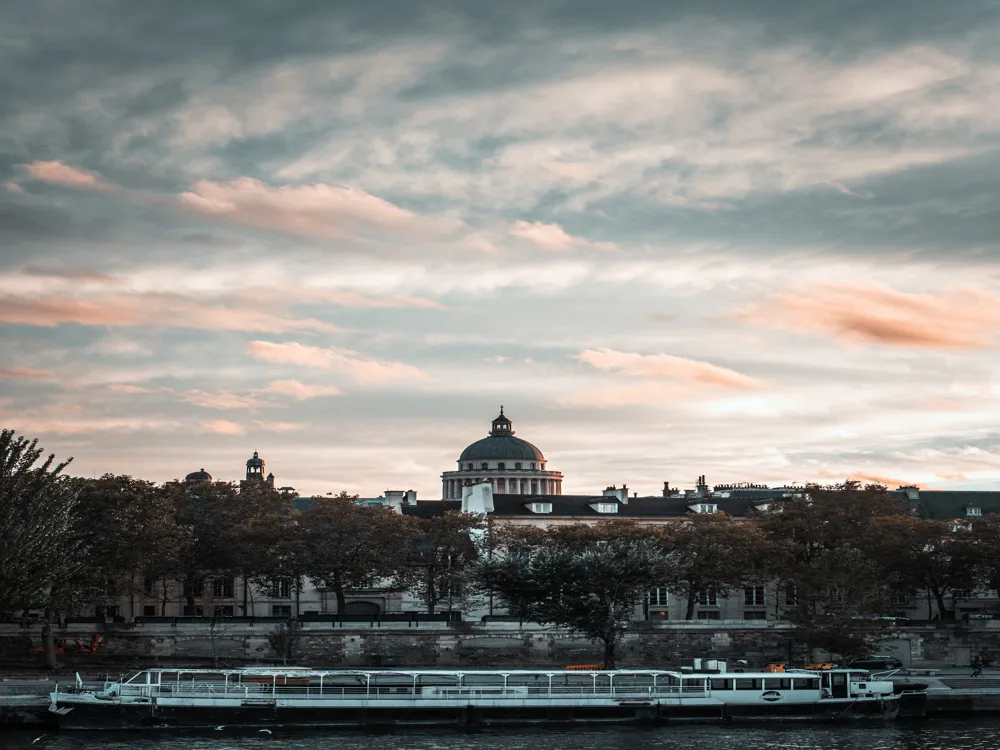
A representation of neo classical architecture, the Pantheon is situated in the Latin Quarter. The crypt below is the final resting place of noted scientists, writers, philosophers and poets, including Alexander Dumas, Marie Curie, Victor Hugo.
Modelled on Rome's Pantheon, this monument was constructed as a church dedicated to Saint Genevieve. French physicist Jean Foucault followed up on an earlier experiment to determine the earth's rotation by hanging a pendulum from a dome of the Pantheon, which is a must visit site.
Read More
Place de la Concorde
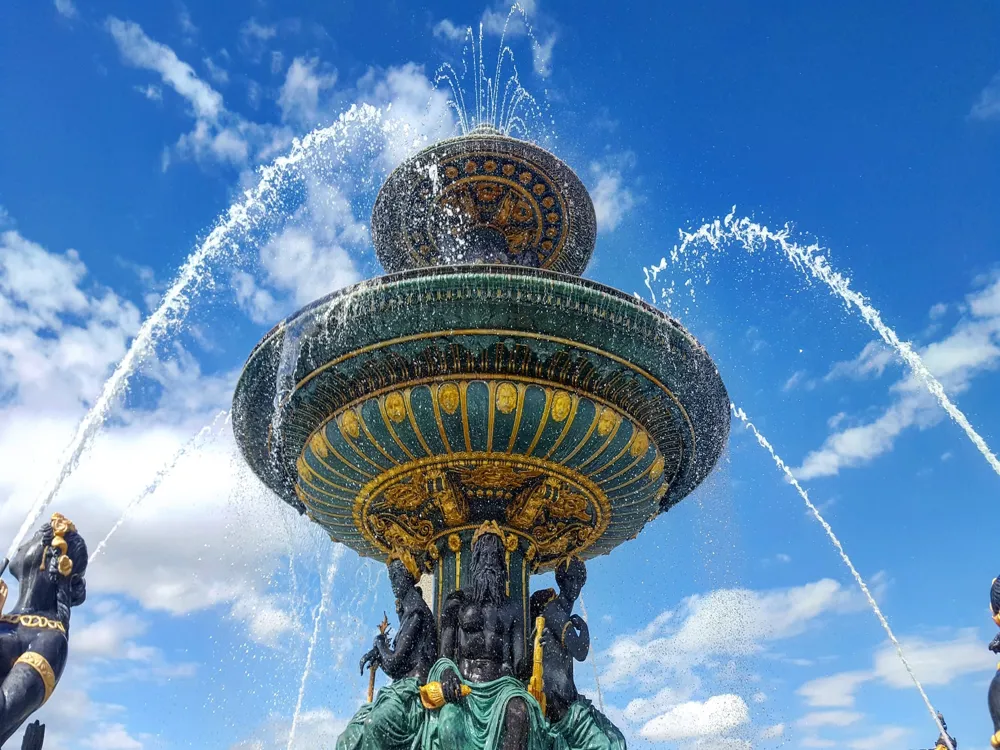
The Place de la Concorde is the largest public square in the French capital and one of the major squares in Paris, France. Located at the eastern end of the Champs-Elysees, the square is octagonal and is bordered by gardens, hotels, and emblematic statues on each angle.
Designed by Ange-Jacques Gabriel in 1755, it was the site of quite a few public executions that took place at the peak of the French Revolution. The two fountains, Fountain of River Commerce and Navigation, and the Maritime Fountain, that date back to the time of Louis-Philippe and the beautiful view of the Eiffel Tower on one side, and the River Seine along with it makes Place de la Concorde a must visit. It also contains the renowned Obelisk that dates back to ancient Egyptian times. There are magnificent attractions that are present near Place de la Concorde such as Palais Bourbon, Jeu de Paume, Roue de Paris, Tuileries Garden, and Musee de l’Orangerie. There are also many nearby attractions that are home to some of the most adventurous activities one can indulge in. From museums to special eateries and snack centres, the Place de la Concorde has it all. It can be experienced in many ways, and the best ones could be the Paris Bike Tour, the City on wheels tour, the River Seine dinner cruise and a lot more. The Place de la Concorde is associated with a lot of significant moments in the French Revolution and holds enough weight to its name in the history books of France.
Read More
Pont Alexandre III
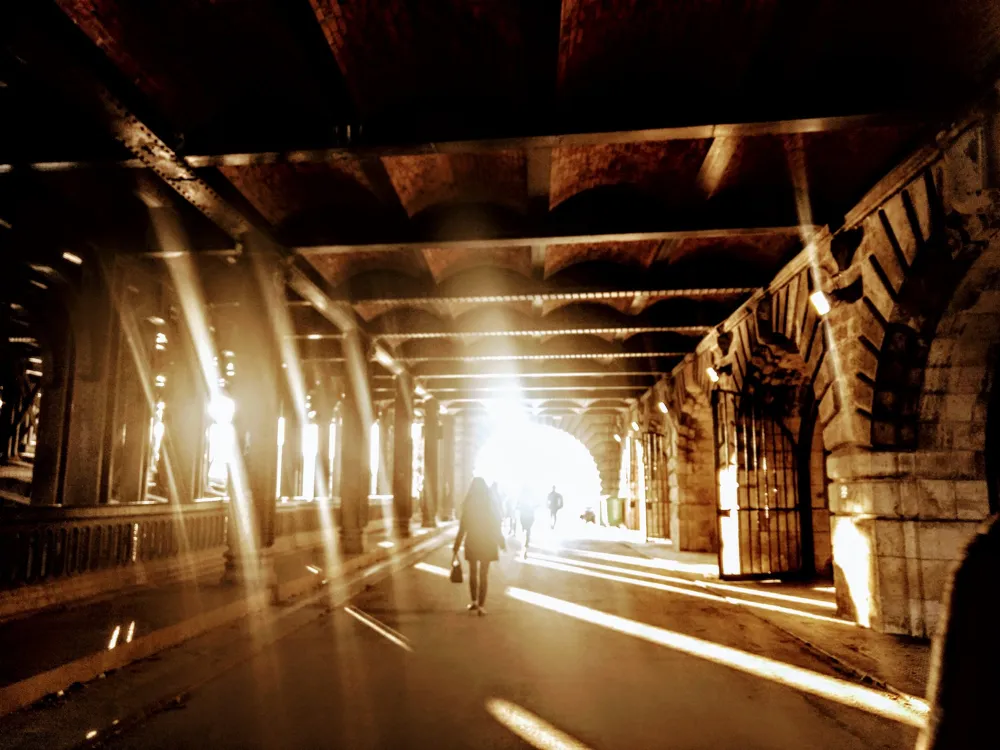
In a city with around 37 bridges spanning over the tranquil Seine, Pont Alexandre III stands seamlessly amidst the Paris skyline - joining Invalides, on the left bank with the Grand Palais on the right bank. Apart from serving as a link to some significant marvels of Paris, Pont Alexandre III also carries with it a rich historical import.
The Franco-Russian efforts led, during its construction for the 1900 Universal Exhibition, to the building of two mammoth nymph structures - “Nymph of the Seine” and “Nymph of the Neva” adorned in the centre of the bridge, respectively representing the arms of France and Russia. Last but not the least, the bridge offers picturesque scenes to be captured for later memory as it gives a clear view of the Seine and the Eiffel Tower against the gold, bronze, copper statues of nymphs, cherubs, winged horses and angels at the bridge. It was built as a consequence of Franco-Russian peace with the first stone being laid in 1986 by Tsar Nicholas II. From 1975, Pont Alexandre III also features in the list of Monument Historique of France.The bridge, named after the Alexandre III, Emperor of Russia, has been the backdrop of multiple cultural products - movies such as James Bond, Midnight in Paris and Me Before You feature the bridge and its even a location in the Broadway Musical Anastasia. The bridge is made entirely from metal and offers three traffic lanes across its length and width of 500 ft. and 30 ft. respectively. It has wide open walkways for tourists to enjoy a romantic walk along the riverside. During the Olympics, a diving platform is erected on the bridge which serves as the location for diving sports.
Read More
Paris Travel Packages
View All Travel Packages Paris
Nearby Places Paris
Browse Package Collections
Browse Hotel Collections











